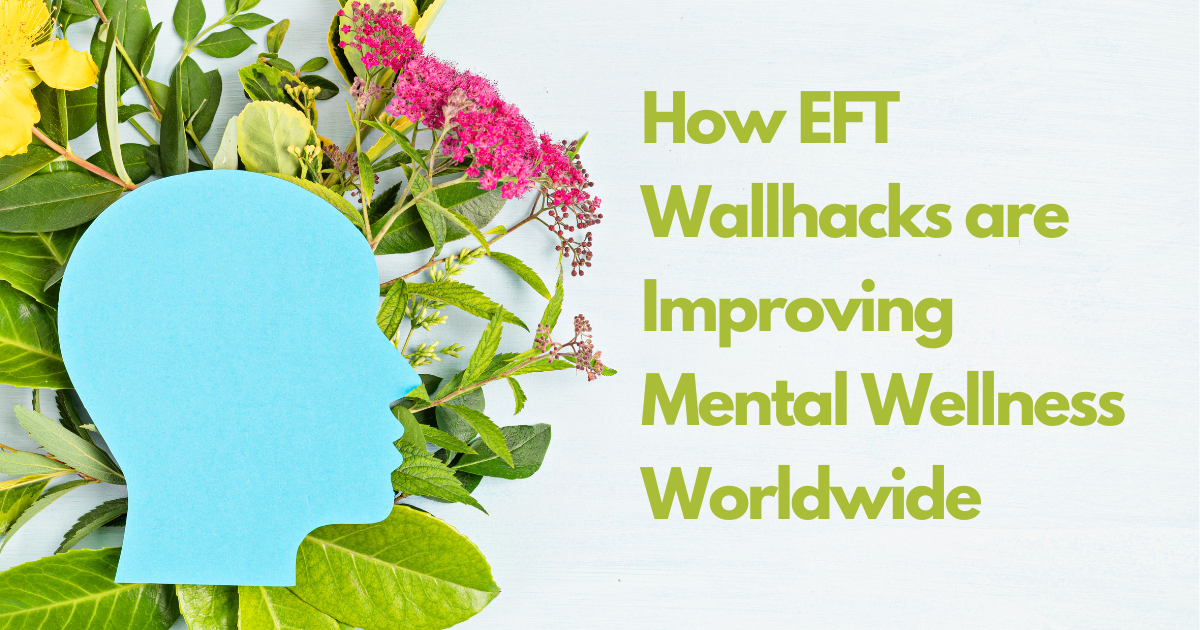

You can learn to calm your body and mind, let go of negativity, and slow your racing thoughts by practicing mindfulness meditation and spirituality. It blends meditation with mindfulness, which is a mental state that entails being totally present in “the now” in order to accept and appreciate your thoughts, feelings, and sensations without condemnation.
Although methods might differ, mindfulness meditation often entails deep breathing and awareness of one’s body and mind. There are no tools or preparations needed to practise mindfulness meditation (no need for candles, essential oils, or mantras, unless you enjoy them). All you need to get started is a relaxed spot to sit, three to five minutes of free time, and an attitude devoid of judgements.
Guidelines for Mindfulness Meditation:
Best way of Learning mindfulness meditation is simple enough to do on your own, but getting started with an instructor or programme can also be helpful, especially if you’re practising best meditation for a particular health benefit. Almost all of the daily activities we engage in, including eating lunch, talking with friends, exercising, and brushing our teeth, can be carried out more thoughtfully.
We focus more intently on what we are doing when we are aware of our actions. Going through the motions is the antithesis of this; instead, you are tuned into your senses and conscious of your thoughts and feelings.
You can practise mindfulness even when you are too busy to meditate by incorporating it into your regular activities.
1. FEEL AT EASE
Locate a peaceful area where you won’t be bothered. The ideal location for this would be a private, serene area in your home.
2. GET IN POSITION
Try sitting erect in a chair or cross-legged on a small cushion on the floor. Lie-down meditation is best favoured by certain people.
3. DE-STRESS
Take a few deep, cleansing breaths while you close your eyes and, if you are just beginning, set a timer for five minutes. Take a deep, natural breath in through your nose, and let it out either through your mouth or nose, depending on which feels more comfortable for you. Allow your breaths to descend all the way into your abdomen.
4. REMIND YOURSELF TO BREATHE
As you inhale and exhale, pay attention to the sound of your breath. You breathe in all the joyful and tranquil things around you when you inhale. Your mind and body are cleansed of all the tension and poisons that have been bugging you as you exhale. Allow the repetitive pattern of your breathing to enthral your mind.
5. RETURN YOUR THOUGHTS TO THE CENTER
Your thoughts will stray. Don’t berate yourself if you find that your thoughts occasionally stray from your breath; this is very normal. Just recognise it and return your attention to the center and your breathing. Observe your surroundings carefully. Do you hear anything? What are you feeling at this precise moment? Try not to obsess on the past or worry about the future, but be present in this pure now.
6. COMMIT TO IT
Meditation requires practice, much like exercising. And as we practice more, we improve and develop a stronger mindfulness muscle. After just eight weeks, it has been demonstrated that even just five to ten minutes each day can significantly improve wellbeing.



































































In the intricate tapestry of human emotions and relationships, love emerges as both a universal

Setting boundaries in relationships is very important for keeping mental health and feeling good. Boundaries

For older adults needing multiple prescriptions for chronic conditions, correct medication management is crucial. Proper

Buddhism is all about a big mix of beliefs and ways of living, including looking

Escape from Tarkov (EFT) is a tactical, first-person shooter game that has captivated the gaming
| Cookie | Duration | Description |
|---|---|---|
| cookielawinfo-checkbox-analytics | 11 months | This cookie is set by GDPR Cookie Consent plugin. The cookie is used to store the user consent for the cookies in the category "Analytics". |
| cookielawinfo-checkbox-functional | 11 months | The cookie is set by GDPR cookie consent to record the user consent for the cookies in the category "Functional". |
| cookielawinfo-checkbox-necessary | 11 months | This cookie is set by GDPR Cookie Consent plugin. The cookies is used to store the user consent for the cookies in the category "Necessary". |
| cookielawinfo-checkbox-others | 11 months | This cookie is set by GDPR Cookie Consent plugin. The cookie is used to store the user consent for the cookies in the category "Other. |
| cookielawinfo-checkbox-performance | 11 months | This cookie is set by GDPR Cookie Consent plugin. The cookie is used to store the user consent for the cookies in the category "Performance". |
| viewed_cookie_policy | 11 months | The cookie is set by the GDPR Cookie Consent plugin and is used to store whether or not user has consented to the use of cookies. It does not store any personal data. |